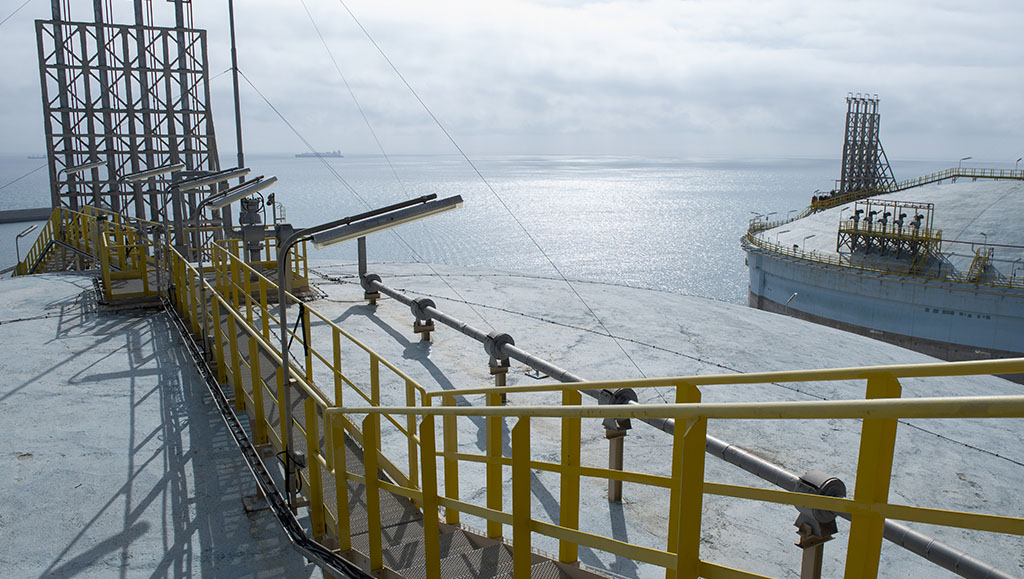Spanish liquefied natural gas (LNG) imports and reloads dropped in April when compared to the same month last year, according to Enagas.
LNG imports declined by 2.1 percent to about 29.9 TWh in April and accounted for 77.4 percent of the total gas imports. In March, LNG imports reached some 29.9 TWh as well.
Including pipeline imports from Algeria and France, gas imports to Spain reached about 37.4 TWh last month, a drop from some 40.8 TWh in April last year, Enagas said in its monthly report.
Moreover, national gas demand in April dropped by 11.9 percent year-on-year to 23.7 TWh.
Demand for power generation declined by 6.7 percent year-on-year to about 5.99 TWh last month, while conventional demand dropped by 13.5 percent to 17.7 TWh, the LNG terminal operator said.
Enagas operates a large network of gas pipelines and has four LNG import plants in Barcelona, Huelva, Cartagena, and Gijon.
It also owns 50 percent of the BBG regasification plant in Bilbao and 72.5 percent of the Sagunto plant, while Reganosa operates the Mugardos plant.
Enagas is planning to launch its El Musel LNG terminal in Gijon in July this year, and will sell 25 percent in this facility to Reganosa.
US, Russia, Nigeria biggest LNG suppliers
The six operational Spanish LNG regasification terminals unloaded 32 cargoes last month, 2 cargoes less when compared to April 2022, according to Enagas.
US remains the biggest supplier of LNG to Spain with some 8.6 TWh or about 23.2 percent of the total gas and LNG imports in April. US LNG supplies dropped when compared to 12.5 TWh last year, the data shows.
On the other hand, LNG volumes from Russia doubled to 6.5 TWh in April, while volumes from Nigeria decreased from 6.9 TWh in April last year to 4.8 TWh last month.
Other LNG sources in April include Oman, Algeria, Egypt, Cameroon, Angola, and Qatar, the data shows.
LNG reloads down
Spanish LNG terminals loaded about 1.6 TWh in April, down 21 percent compared to some 2 TWh in April 2022, and also down when compared to 2.23 TWh in March.
The Barcelona LNG terminal reloaded about 0.98 TWh of LNG, followed by Sagunto with about 0.43 TWh, and Mugardos with 0.16 TWh.
During January-April, Spanish LNG terminals loaded about 9.2 TWh, a rise of 56.6 percent when compared to the same period last year.
Also, the number of truck loads at the LNG terminals rose by 8.1 percent year-on-year to 901, the data shows.
The Barcelona LNG terminal completed 219 truck loads in April, up by 15.8 percent year-on-year, followed by Huelva with 156 truck loads and Cartagena with 154 truck loads.

